Introduction of coffee bean classification system in various countries in detail the coffee bean classification standards of Ethiopia and Kenya
A friend asked Qianjie, "Why are some coffee beans marked with AA, some with G1, and some with SHB? these letters seem irregular. How do I know which grade is high and which is low?"
Why do you need grading? When we walk into the fruit store, we often see the same fruit divided into two columns with the same name on it, but the price is very different. But if you take a closer look, you will find that the column of fruit with high price is huge, the price is good, and the column with low price is smaller and less beautiful. Agricultural products can not achieve the same standard as industrial products, uneven is a normal phenomenon, so the development of grading standards to regulate the quality of coffee beans. At the same time, it also provides a value reference for raw bean merchants to purchase raw beans.
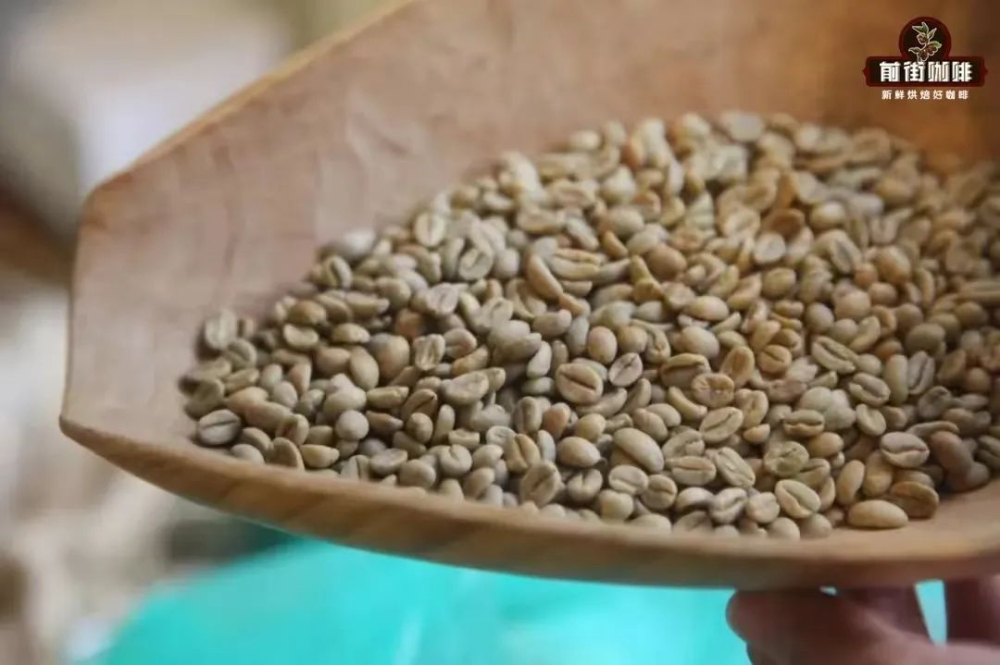
As asked by the previous friends, AA, G1 and SHB are all grades of raw coffee beans, but these grades are standards from different coffee producing countries. Why not adopt a unified standard for raw beans? Maybe some friends will wonder, why not unify the grading standard of coffee beans? This is because the geographical environment and planting patterns of each producing country are different, so it also creates that each producing country will proceed from the formulation of raw bean grades according to national conditions, and adopt standards in accordance with local conditions. it is roughly divided into the direction of defect rate, raw bean size, planting altitude, cup test quality and so on. Taking the defect rate as the main basis for classification, the most representative is the Ethiopian classification system.
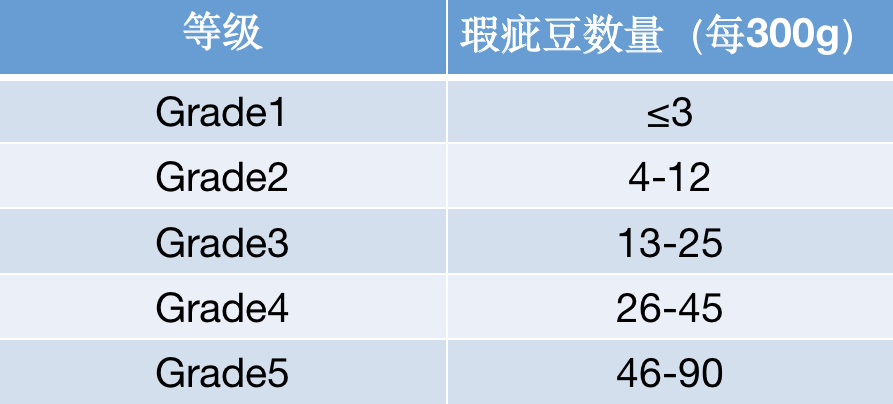
Ethiopia's grading is based on the number of defective beans per 300g raw beans. For example, G1 is no more than 3 defective beans per 300g raw beans, and G2 is allowed to contain 4-12 defective beans per 300g raw beans. This is because Ethiopia's coffee cultivation model is relatively primitive, mainly small farmers, and the rough treatment in the early years caused a great imbalance in the quality of coffee beans. Therefore, it is graded according to the number of defects, and the batch grade of coffee with fewer defects is higher, and the price is naturally higher. There are many wild coffee varieties in Ethiopia, which are generally referred to as native species. Among these complex varieties, some coffee varieties have larger beans, some varieties are relatively small, and some varieties are small. But it has a good flavor performance, so it is not realistic to use raw bean volume to classify. The topography of Ethiopia is a plateau with a high and flat elevation, so it is not suitable to use altitude for classification.
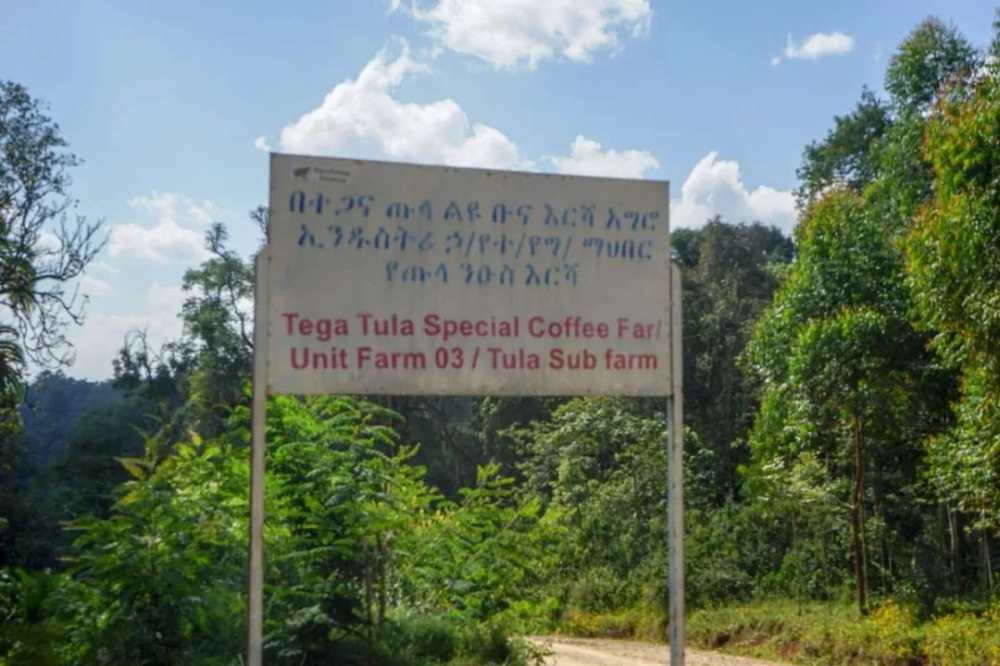
The most representative country based on the size of coffee beans is Kenya. Although there are many grades of coffee in Kenya, the only coffee beans that consumers can actually come into contact with are AA, AB and PB. Because the coffee varieties commonly grown in Kenya are SL28 and SL34, the bigger the beans, the better the quality in theory.

PB this grade is quite special, PB is Peaberry, that is, "round bean", is a coffee fruit with only one seed, although the number of items is about 14-15 orders, but because of its special shape, it can be singled out and sold at the price of AA (otherwise it will be classified as C).
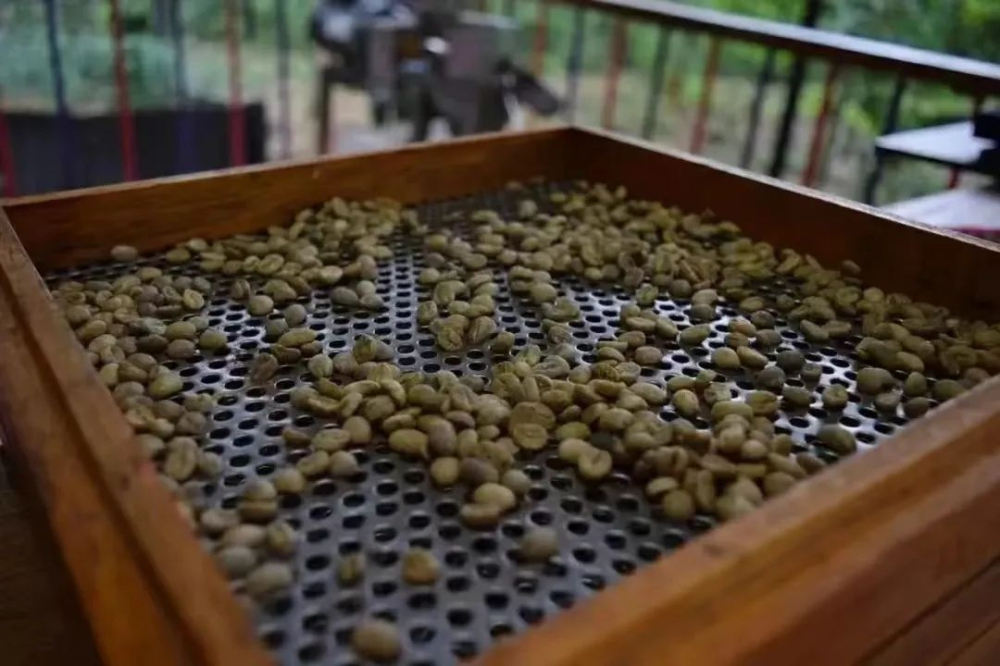
Most of the producing countries that take altitude as the classification standard of coffee beans are concentrated in Central America. The mountains here stand tall and span high above sea level. Because the higher the altitude of Arabica coffee beans, the harder the texture and the better the flavor. And because the altitude of the growable coffee in each major producing country is not exactly the same, these countries will set different grading standards according to their own national conditions.
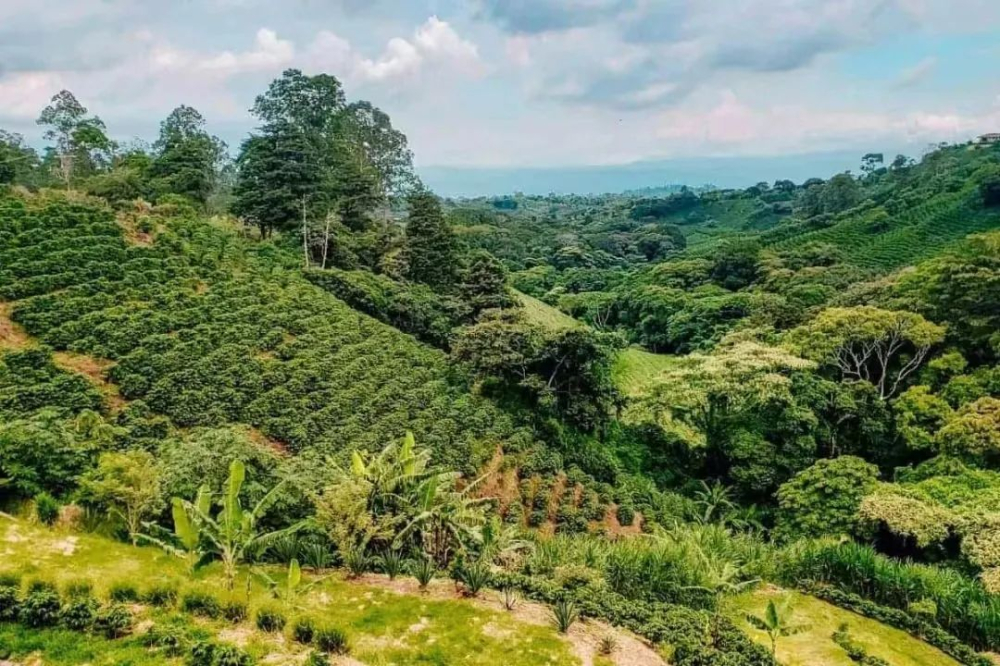
For example, Costa Rica, Guatemala and Panama describe the grade in terms of hardness, and the highest grade is SHB, but there are some differences in the altitude positioning of SHB. Costa Rica defines coffee beans above 1200 meters above sea level as SHB, Guatemala defines coffee beans above 1350 meters above sea level as SHB, and Panama defines coffee beans above 1400 meters as SHB.
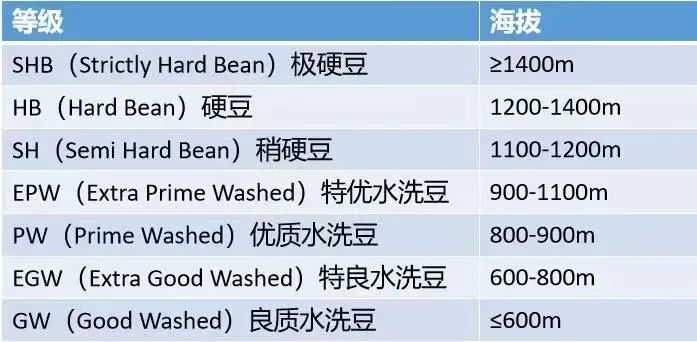
There are also some producing countries that are based on a variety of factors. For example, the coffee grading system in Jamaica uses raw bean size and altitude as the basis. According to the altitude, it can be divided into Blue Mountain Coffee, Alpine Coffee and Jamaica preferred Coffee. According to the size of raw beans, it can be divided into NO.1, NO.2 and NO.3.
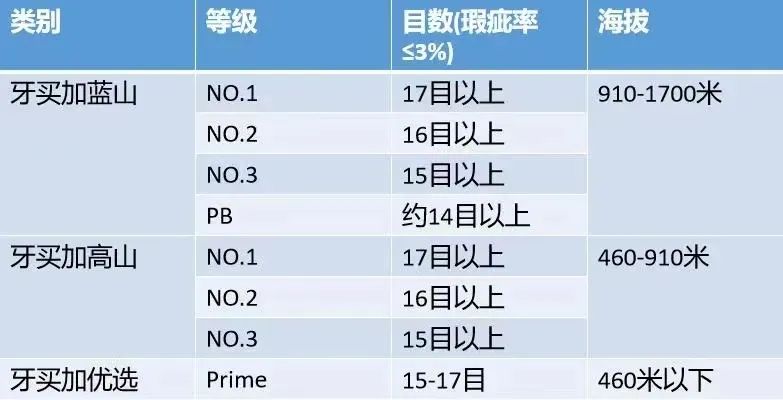
Brazil's standard for raw coffee beans is graded according to the number of defects, the size of raw beans and flavor tests. For example, the bag of raw coffee beans says "NY2 SC-17/18 Good cup". The previous NY2 represents the level of the number of defects, and the highest level in Brazil is NY2, not NY1.
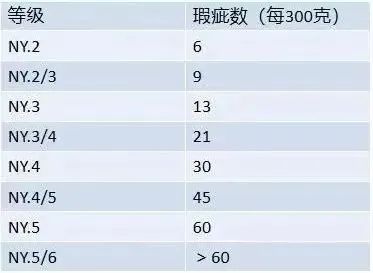
SC-17/18 means that the raw bean size of this bag of coffee beans is between 17 and 18 mesh. "Good cup" refers to the quality of coffee cups. According to the cup quality classification can be divided into "Fine cup, Good cup, Fair cup, Poor cup, Bad cup". Therefore, the coffee bean grading standards in different countries are based on different items, that is to say, there is no unified standard to judge whether beans are good or bad, so it is impossible to use raw bean grades for cross-border comparison. And these grading standards are aimed at the status of raw beans, and are more of a reference for raw bean merchants to purchase coffee beans. On the other hand, when you come to the ripe bean market, these grades have less impact, because they are all the highest grades such as AA, G1 and SHB, and you will only see the first two grades of the grading standard at most, and the latter ones are almost impossible to see. As for the good beans and bad beans in the ripe bean market, the price of them in the place of origin is not as big as people think.
Important Notice :
前街咖啡 FrontStreet Coffee has moved to new addredd:
FrontStreet Coffee Address: 315,Donghua East Road,GuangZhou
Tel:020 38364473
- Prev

Differences in appearance characteristics of Arabica coffee beans how to distinguish the rosy summer of tin Cabernet?
Coffee lovers have noticed that there are some "experts" around, they can casually take a look at coffee beans can tell the variety of coffee, origin and other information, let you marvel. How do they do it? Although the individual beans we come into contact with every day are Arabica coffee beans, the difference among Arabica beans
- Next

Is there any grease foam in hand-made coffee? What does the foam of hand-brewed coffee taste like?
Careful friends should have found that when making coffee, the liquid surface of the filter cup will float with a layer of foam, and the foam will behave differently according to the brewing beans and time. Sometimes the bubbles are very rich, and sometimes they are very rare, sometimes brownish yellow, sometimes
Related
- Beginners will see the "Coffee pull flower" guide!
- What is the difference between ice blog purified milk and ordinary milk coffee?
- Why is the Philippines the largest producer of crops in Liberia?
- For coffee extraction, should the fine powder be retained?
- How does extracted espresso fill pressed powder? How much strength does it take to press the powder?
- How to make jasmine cold extract coffee? Is the jasmine + latte good?
- Will this little toy really make the coffee taste better? How does Lily Drip affect coffee extraction?
- Will the action of slapping the filter cup also affect coffee extraction?
- What's the difference between powder-to-water ratio and powder-to-liquid ratio?
- What is the Ethiopian local species? What does it have to do with Heirloom native species?

